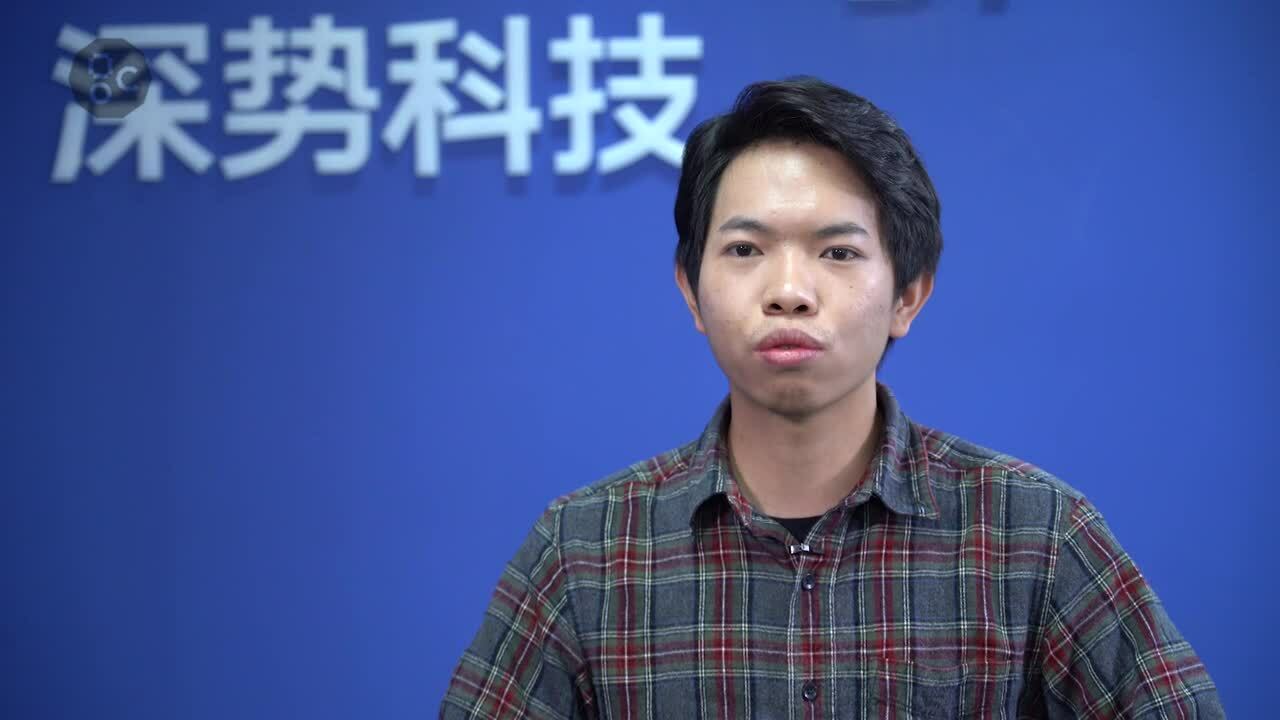DP Technology, a leader in molecular dynamics simulation for drug discovery, new material design and scientific research, has announced availability of its award-winning simulation platform and software for the Graphcore IPU.
Molecular dynamics – the science that underpins a vast range of innovations, from drug discovery to materials design – is the latest discipline to take advantage of Graphcore’s Intelligence Processing Unit for applications at the convergence of HPC and AI.
DP Technology has successfully customized its DeePMD-kit, a breakthrough open-source system for simulating molecular dynamics with greater accuracy and orders of magnitude faster than traditional approaches, for the Graphcore IPU and Poplar SDK.
This opens up new computational capabilities for molecular dynamics at the very moment that AI is beginning to transform the discipline.
Meanwhile, Graphcore and DP Technology have committed to work together to explore further applied uses of the IPU in molecular dynamics.
“We have proven that Graphcore's IPU hardware and the corresponding Poplar SDK environment are very suitable for molecular dynamics simulation. This successful migration to the IPU is just the beginning,” said Zhang Linfeng, Chief Scientist of DP Technology.
"Whether it is from the architecture of the IPU and Poplar, or from the DeePMD-kit's methodology, the IPU demonstrates clear advantages, and there is still potential to be explored.
“We will continue to work closely with Graphcore on hardware and software algorithms, adaptation, and collaboration to better promote the development of the DeepModeling open-source community.”
Deep Integration
The team at DP Technology chose Graphcore IPU systems because the IPU’s fine-grained, massively parallel MIMD architecture is particularly suitable for molecular dynamics simulation workloads, and because the Graphcore Poplar SDK is mature and easy to use.
The switch to the IPU was straightforward according to Lu Denghui, an algorithm researcher at DP Technology: “Through our customized optimization of the framework and algorithm together with Graphcore, we realized the migration of DeePMD-kit to IPU.
"The entire migration process was very successful. All DeePMD functions are running successfully on IPU hardware, and performance has been improved.
"Transferring the algorithm tasks of DeePMD-kit from GPU to IPU is like an engineer switching from C++ to Python for programming. This process is wonderful.”
Power dynamics
The goal of molecular dynamics is to simulate and understand the movements and interactions of atoms and molecules, an endeavour that touches almost every branch of science: physics, chemistry, biology, materials science and beyond.
A central plank of molecular dynamics is representing the potential energy surface (PES) of atomic and molecular systems. How an atom or collection of atoms behaves – in a chemical reaction, for example – depends on the nature of the PES.
For many years, traditional molecular dynamics faced challenges with the two main methods for constructing potential energy functions. One method was fast but not accurate while the other was precise but not fast.
Empirical potentials use mathematical functions, often derived from experimental data, to describe the potential energy of a system of atoms based on their relative positions and a number of other variables. This approach can be used to model relatively large atomic systems, but has several limitations including accuracy and transferability.
Quantum mechanical modelling is able to predict material properties without experimental data, instead drawing on quantum theory to predict atomic behaviour. While promising greater accuracy, this approach is highly computationally demanding and is typically limited to describing smaller systems than empirical potentials.
DP Technology and its open-source DeePMD-kit have their roots in research carried out by the company’s founders while at Princeton University. Their work is detailed in Deep Potential: a general representation of a many-body potential energy surface.
DP Technology and the DeePMD-kit take the entirely new approach of applying a deep neural network to modelling PES. The result is, effectively, a best-of-both worlds solution capable of carrying out molecular simulations “with accuracy comparable to that of quantum mechanics models and computational cost comparable to that of empirical potentials.”
DeePMD-kit won the 2020 Gordon Bell Prize for outstanding achievements in high-performance computing.
Testing the water
The DeePMD-kit for IPU is open source and available on GitHub. To help researchers get started, we’ve also written a technical deep-dive of the DeePMD-kit IPU implementation including a simple water molecule simulation application example using TensorFlow.
For more information or to schedule a call with one of our AI experts, please contact us.
